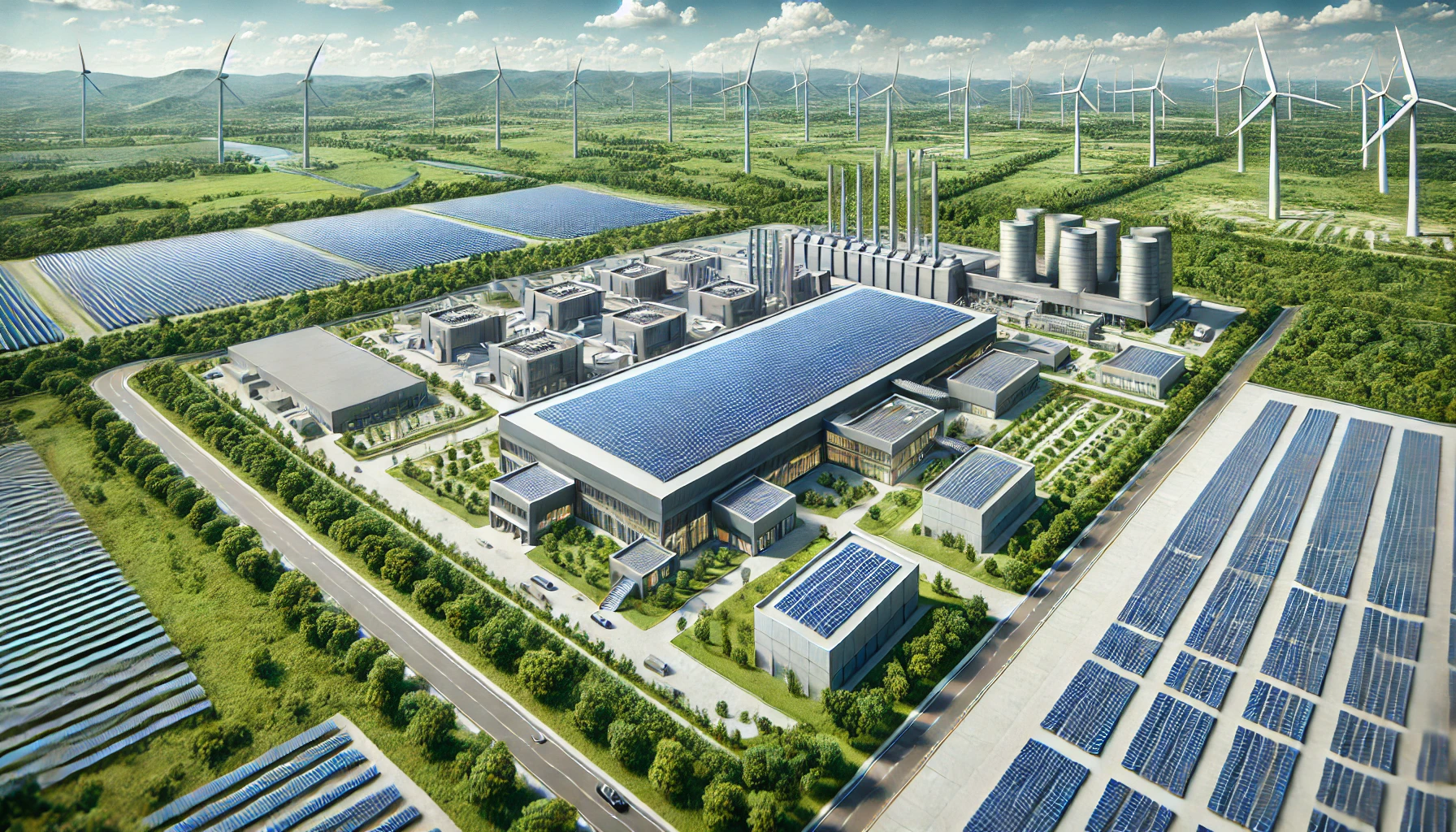Introduction
The textile and apparel manufacturing industry is one of the largest contributors to global greenhouse gas (GHG) emissions, consuming vast amounts of water, chemicals, and energy. As sustainability becomes a global imperative, achieving carbon neutrality in this sector has moved to the forefront of industrial innovation. The term “carbon neutrality” refers to the balance between emitting carbon and absorbing it through various offset mechanisms like reforestation or investing in renewable energy.
Achieving carbon neutrality in the textile industry is a multifaceted challenge that involves revamping the entire supply chain—from raw material sourcing to end-product disposal.
Why Carbon Neutrality Matters
The textile and apparel industry is responsible for approximately 10% of global carbon emissions, which is more than the combined emissions of all international flights and maritime shipping . The industry also contributes to 20% of global wastewater and is infamous for its reliance on non-renewable resources. If business continues as usual, by 2050, the fashion industry is predicted to consume 26% of the global carbon budget . Hence, achieving carbon neutrality is not only crucial for mitigating climate change but also necessary for the long-term survival of the industry itself.
Brands, consumers, and governments are increasingly pushing for more sustainable practices. As the effects of climate change become more apparent, consumers are demanding transparency in the products they purchase. A 2023 McKinsey report highlights that 60% of consumers are willing to pay more for sustainable apparel, making sustainability a critical component of brand competitiveness.
The Current State of Carbon Emissions in the Industry
The fashion supply chain is highly fragmented, with carbon-intensive practices seen at every stage:
- Raw material production: Cotton farming is extremely water and pesticide-intensive, and synthetic fibers like polyester are derived from petroleum.
- Manufacturing processes: Factories in developing countries rely heavily on fossil fuels, and practices like dyeing and finishing are chemically intensive.
- Logistics and transport: Globalized supply chains often result in high emissions from shipping and air freight.
- End-of-life disposal: About 87% of clothing ends up in landfills or incinerators.
Recent efforts have shown progress. Many major fashion houses, such as Nike, H&M, and Patagonia, have committed to reducing their carbon footprints. In 2020, H&M announced a goal to achieve net-zero emissions across its value chain by 2040 . Nike, through its Move to Zero campaign, is working on reducing its carbon footprint by switching to renewable energy and reducing material waste.
Future Forecasting: What Lies Ahead?
The industry is expected to witness a significant transformation as regulatory, technological, and consumer-driven forces converge toward carbon neutrality. Here are some key trends:
- Shift to Renewable Energy: The adoption of renewable energy sources is crucial for reducing emissions. It is forecasted that by 2030, around 50% of the global textile industry will be powered by renewables .
- Closed-loop production: Circular fashion, which focuses on recycling garments and minimizing waste, will likely become mainstream. Major brands are already experimenting with closed-loop recycling systems.
- Decarbonizing Transport: The logistics part of the supply chain is expected to adopt low-carbon technologies, such as electric vehicles and carbon offsetting through reforestation.
If these steps are taken, the industry can realistically cut its emissions by 50% by 2030 and potentially achieve net-zero emissions by 2050, aligning with global climate goals.
Steps Toward Achieving Carbon Neutrality
- Switch to Sustainable Materials: Sourcing low-impact materials such as organic cotton, hemp, and recycled fibers can significantly reduce emissions. Using recycled polyester can cut emissions by 50% compared to virgin polyester.
- Invest in Renewable Energy: Factories and mills need to switch from fossil fuels to renewable energy. Countries like Bangladesh, a global hub for textile production, are already investing in solar energy to power manufacturing plants.
- Adopt Water-Saving Technologies: The use of waterless dyeing and eco-friendly chemicals in the dyeing and finishing stages can reduce emissions significantly. For example, DyeCoo technology uses CO2 instead of water to dye textiles, cutting down water use by 100% .
- Supply Chain Transparency and Digitalization: Traceability is vital to ensure compliance with sustainable practices. Brands should adopt blockchain or digital platforms to monitor the carbon impact of their products throughout the lifecycle.
- Carbon Offsetting: Investing in carbon offset projects, such as reforestation and renewable energy projects, can help neutralize residual emissions that are hard to eliminate. Several fashion brands are using carbon credits to achieve net-zero emissions in the short term.
- Consumer Engagement: Raising awareness among consumers about sustainable fashion and promoting responsible purchasing habits is essential. Offering take-back programs for old clothes can help close the loop in the product lifecycle.
Conclusion
Achieving carbon neutrality in the textile and apparel manufacturing industry is essential for mitigating climate change. The road ahead requires a concerted effort from all stakeholders, including governments, manufacturers, brands, and consumers. With the right steps—adopting renewable energy, using sustainable materials, investing in water-saving technologies, and promoting circular fashion—the industry can substantially reduce its carbon footprint and align with global climate goals. The shift towards carbon neutrality is not just a trend but an industry imperative that will define the future of fashion.
References
- Global Fashion Agenda, “The Pulse of the Fashion Industry 2022.”
- Ellen MacArthur Foundation, “A New Textiles Economy.”
- McKinsey & Company, “The State of Fashion 2023.”
- Ellen MacArthur Foundation, “Fashion and the Circular Economy.”
- H&M Group, “H&M Group Sustainability Report 2020.”
- Nike, “Move to Zero: Journey Towards Zero Carbon & Zero Waste.”
- International Renewable Energy Agency (IRENA), “Renewable Energy in Manufacturing.”
- World Resources Institute, “Pathways to Net-Zero Emissions by 2050.”
- Textile Exchange, “Preferred Fiber & Materials Market Report 2022.”
- DyeCoo, “Waterless Dyeing Technology.”
